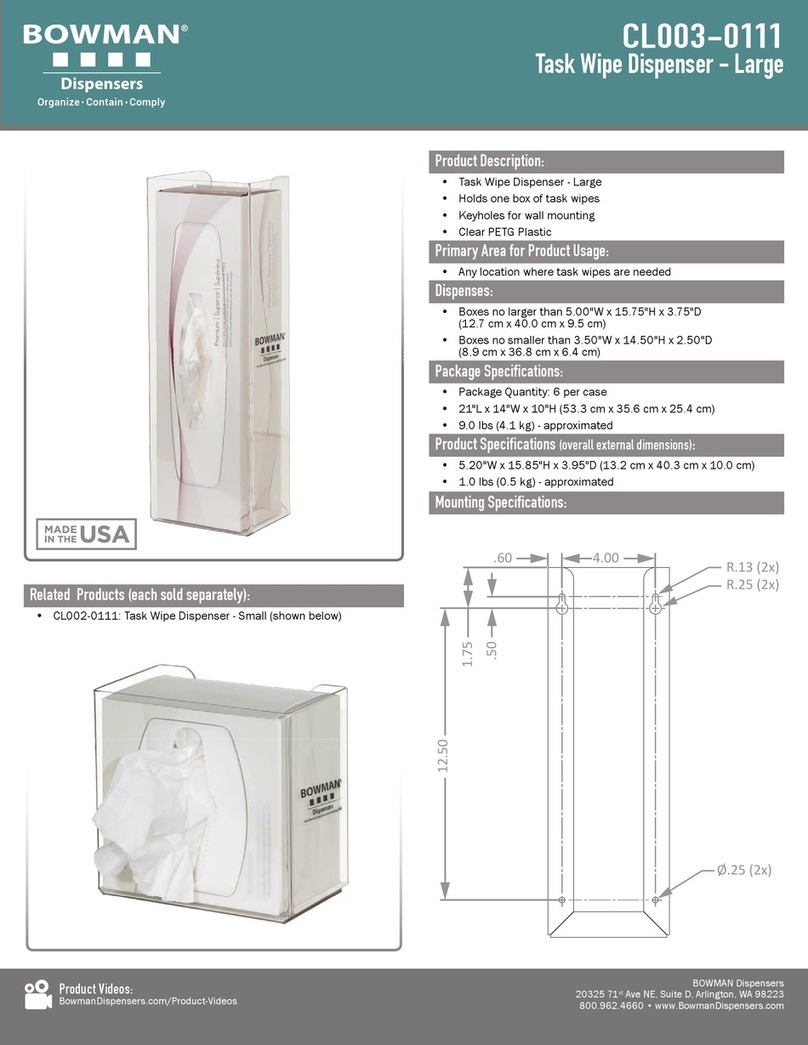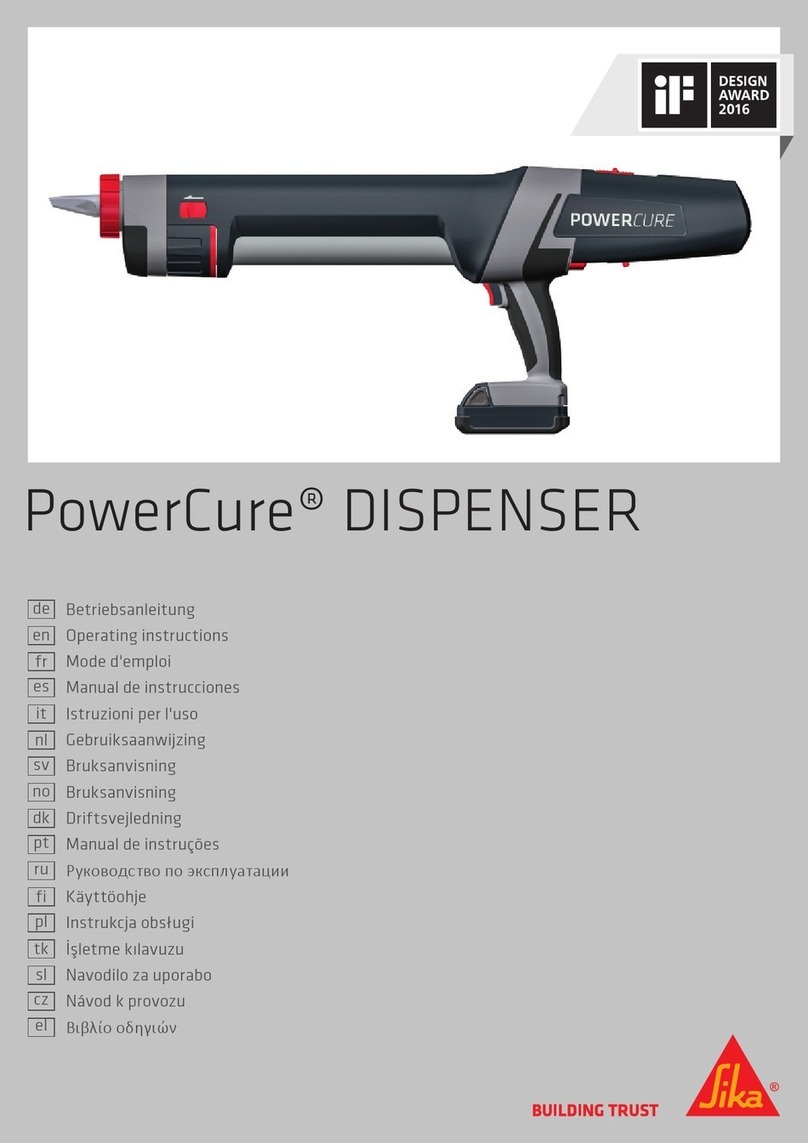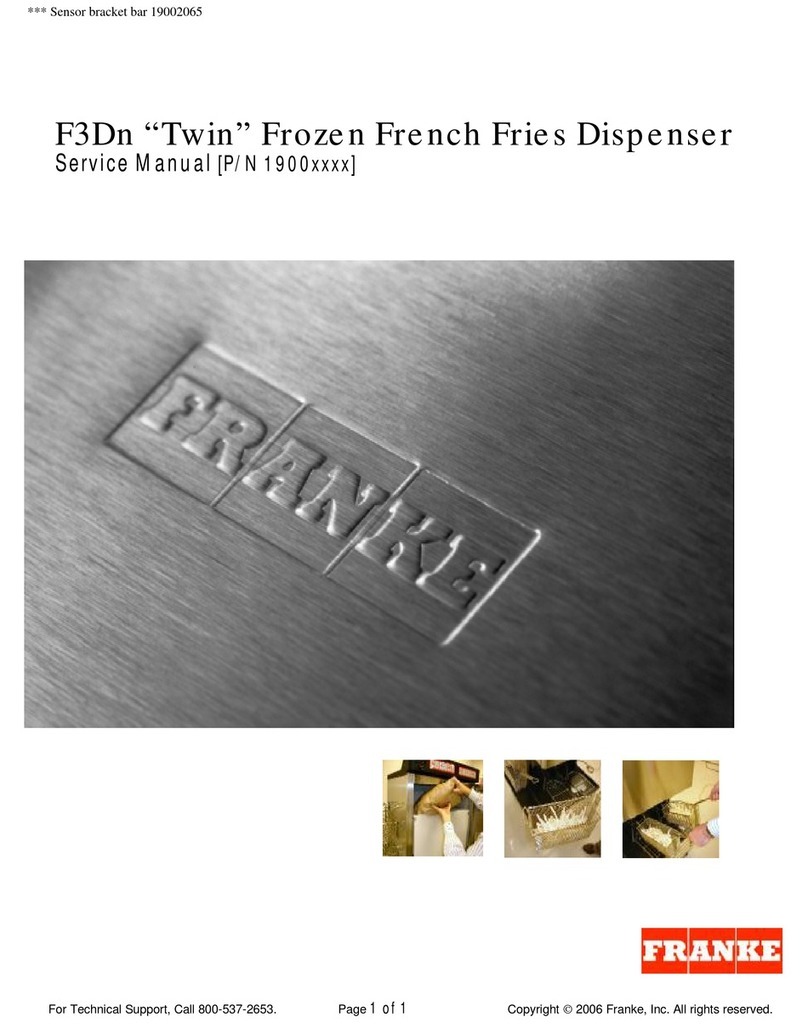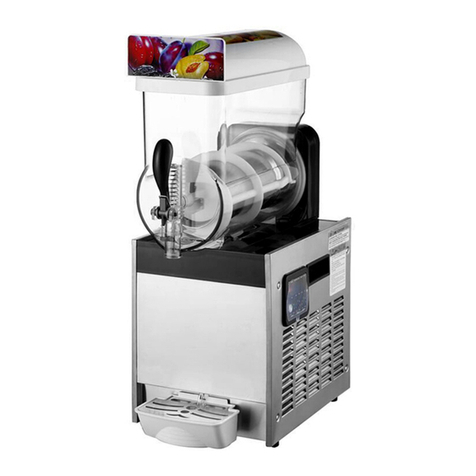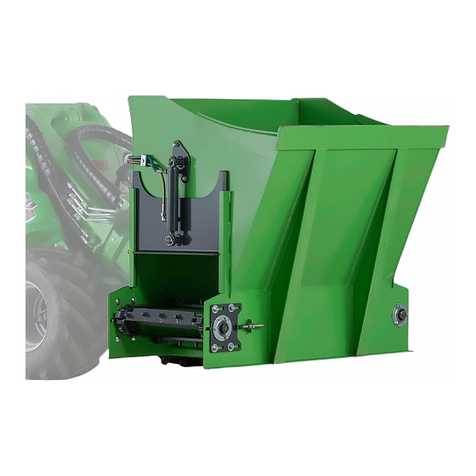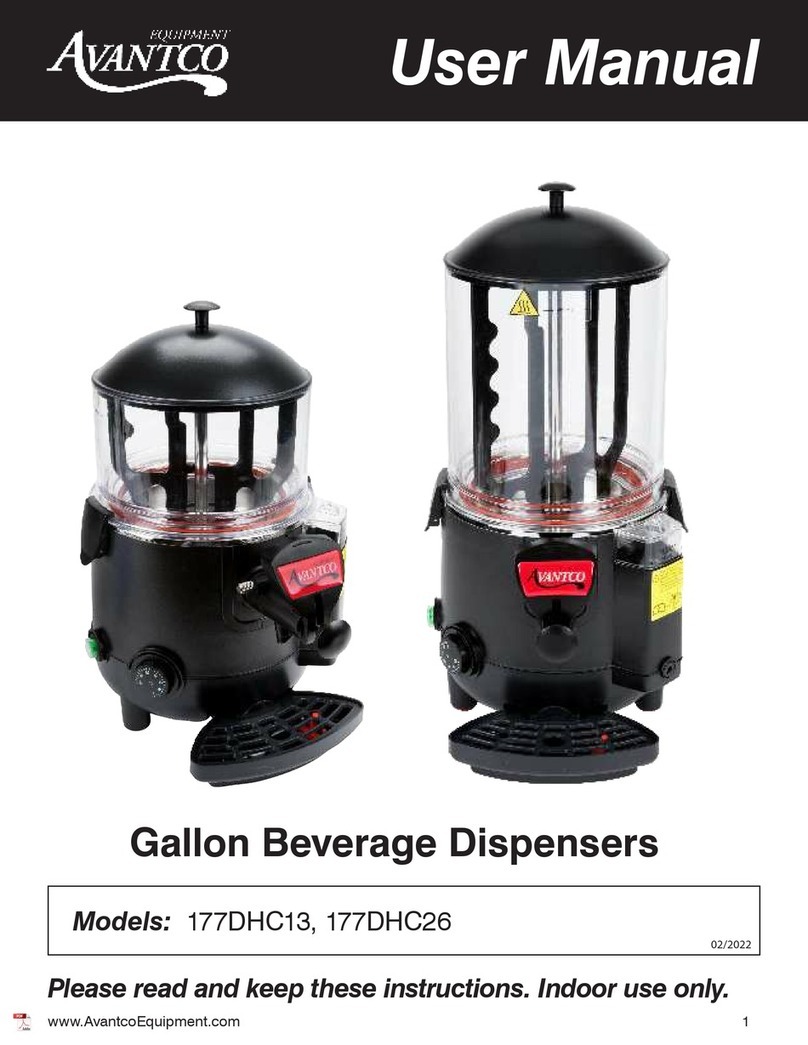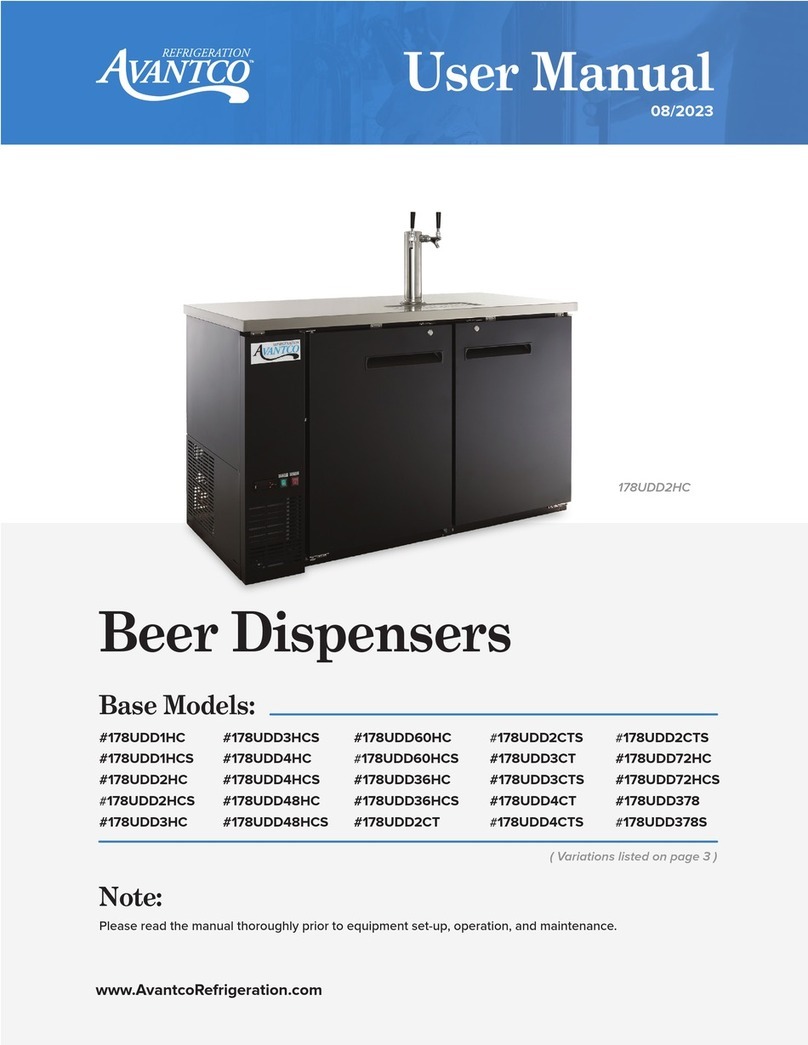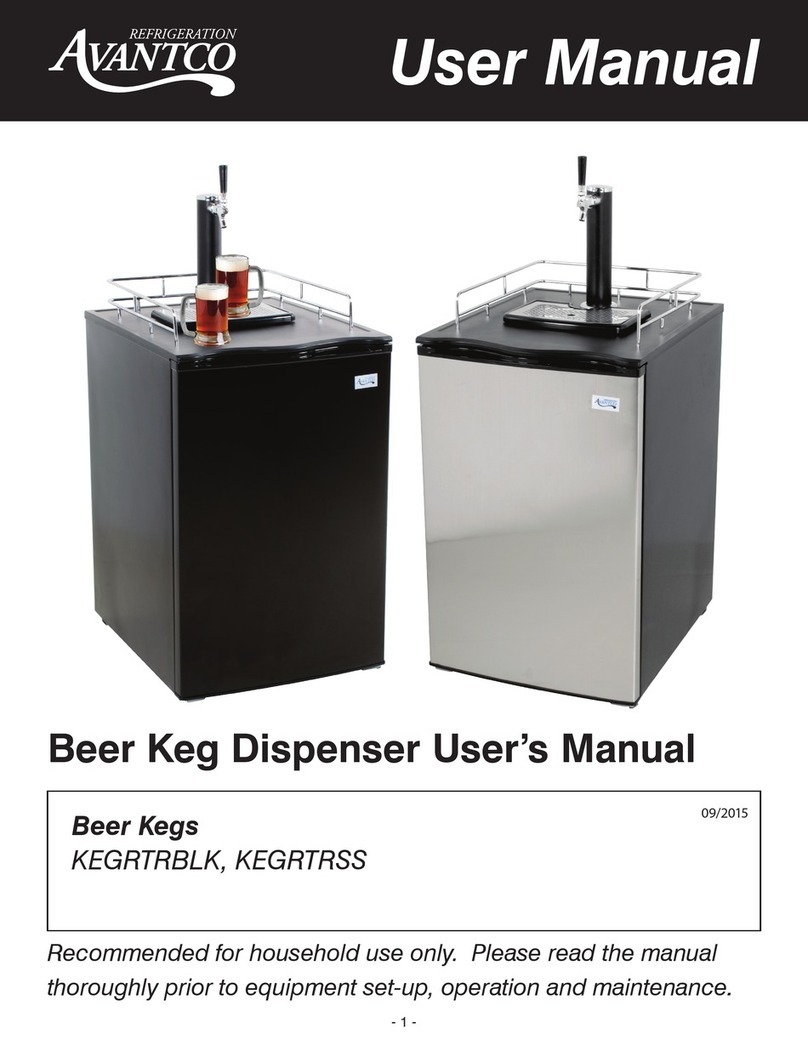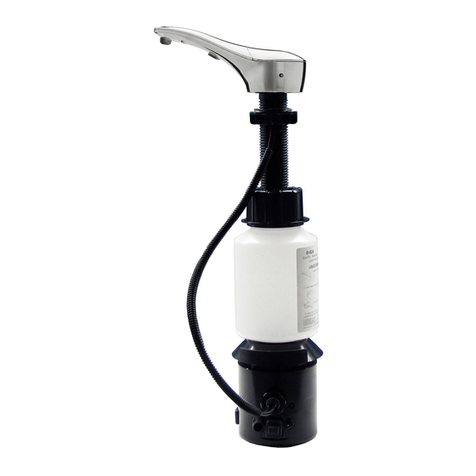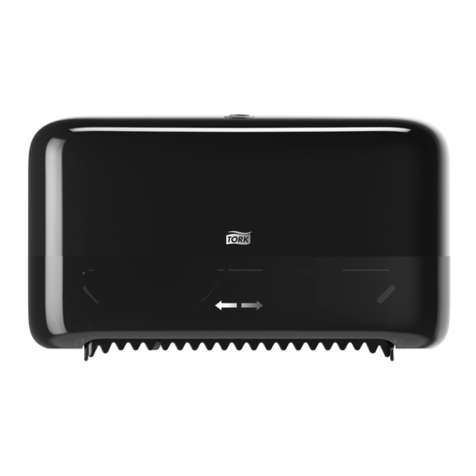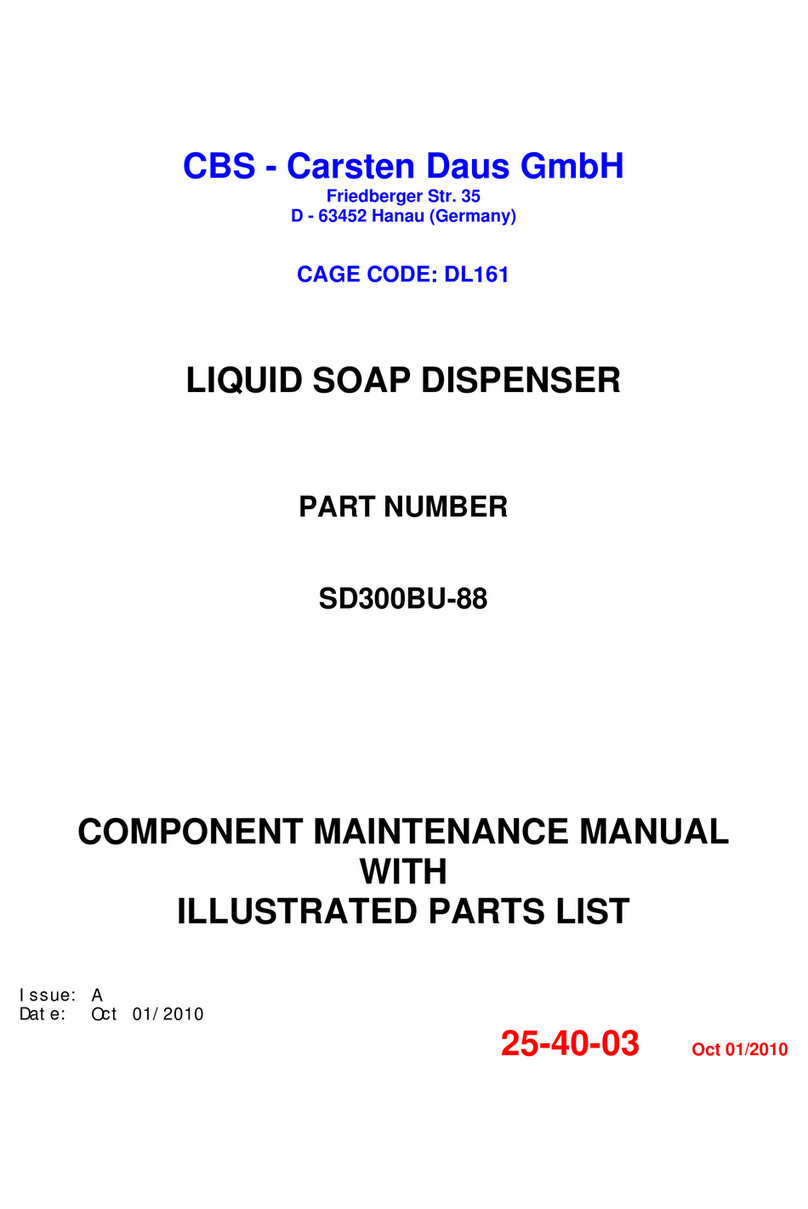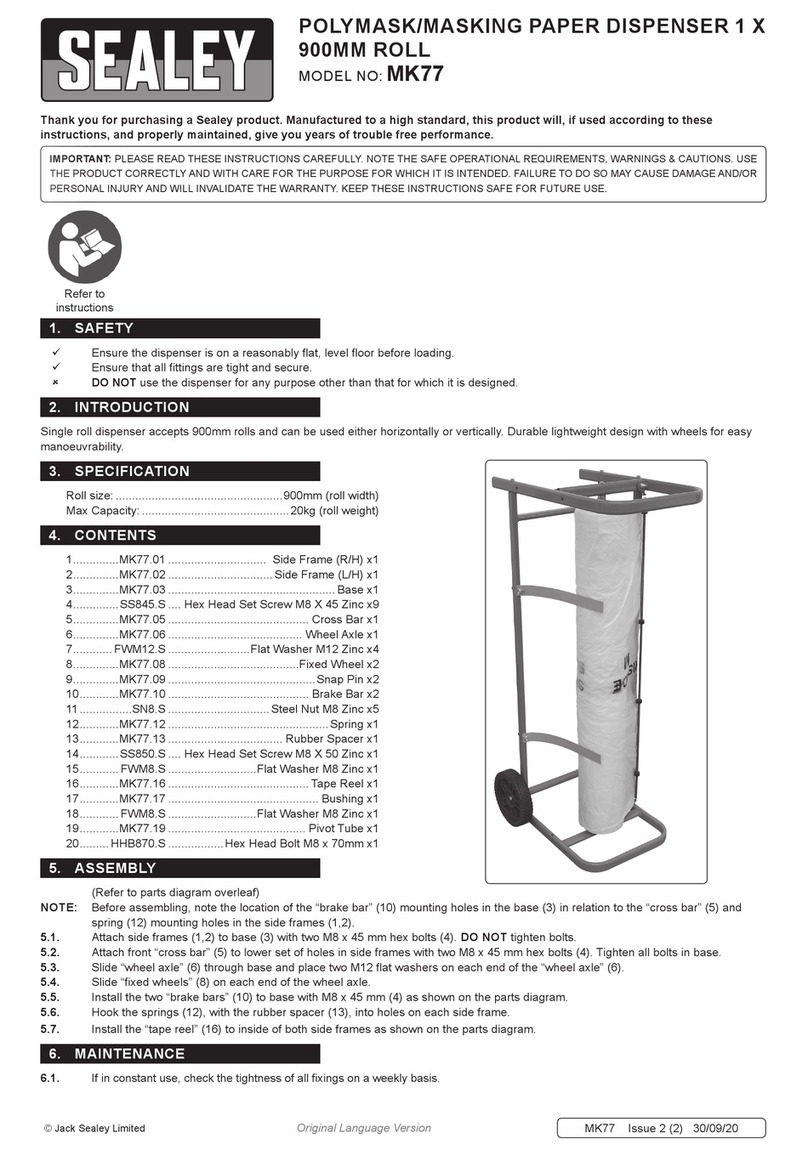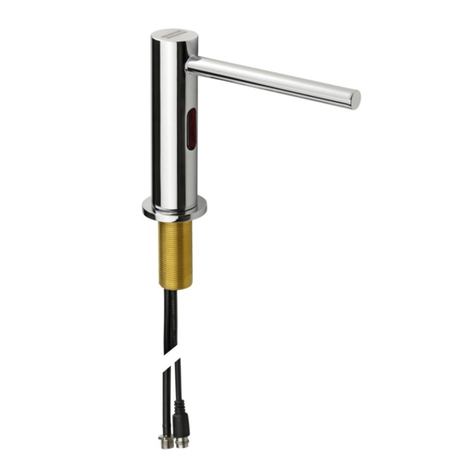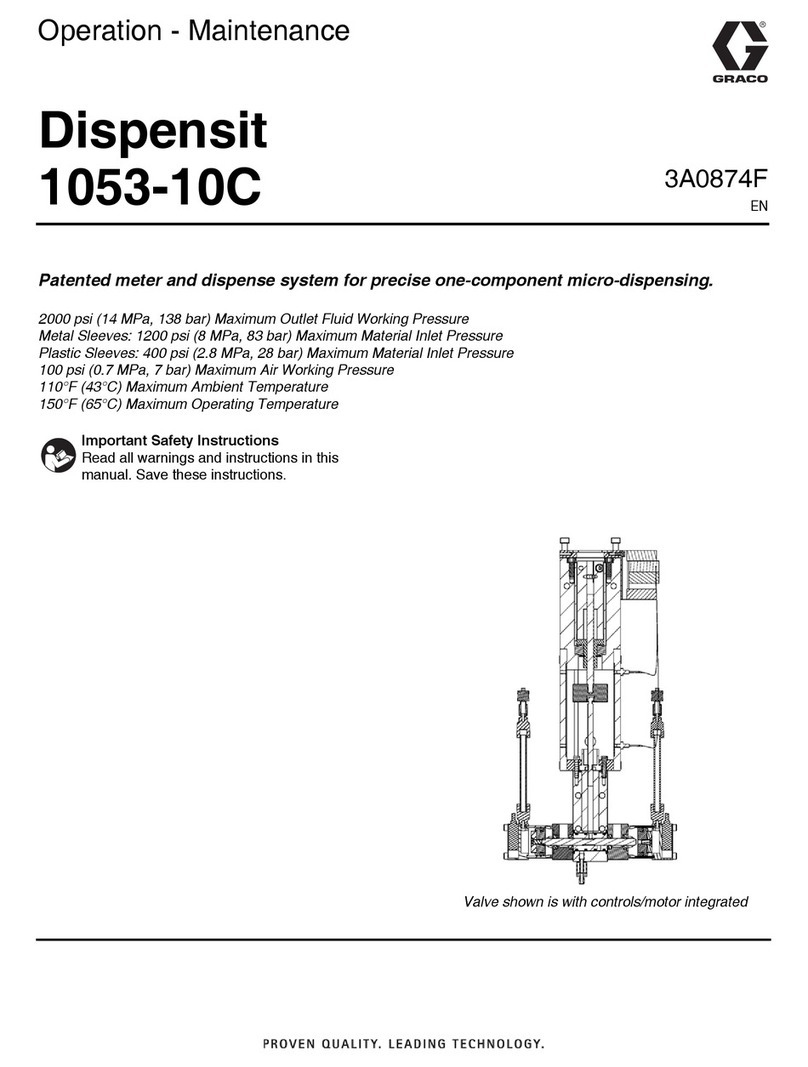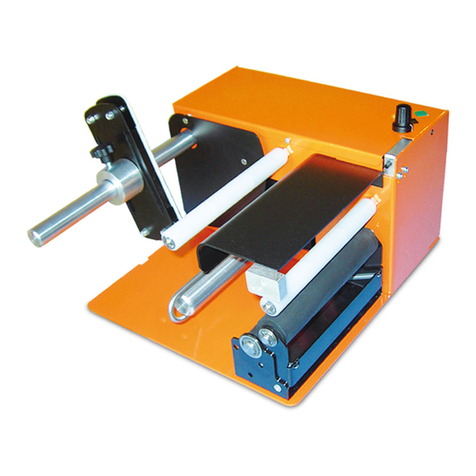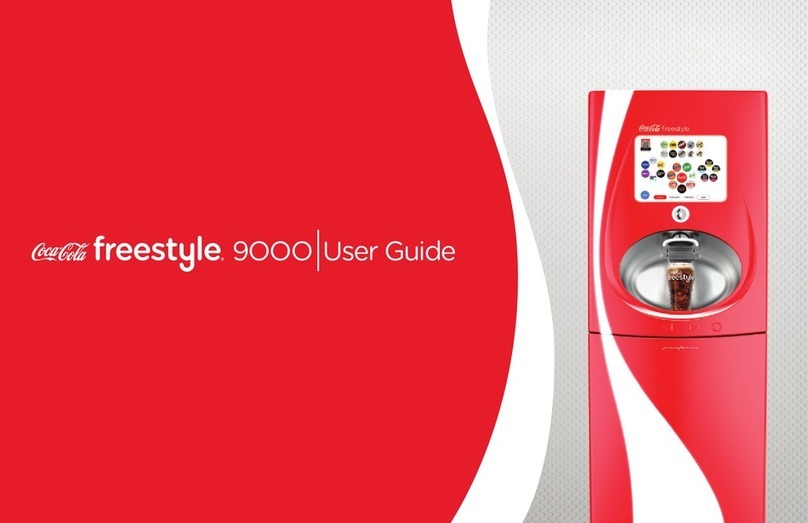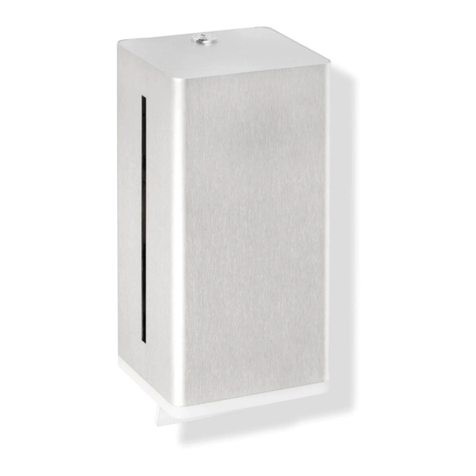
4 (26)
1. Foreword
Avant Tecno Oy would like to thank you for your purchase of this attachment for your Avant loader. It has
been designed and manufactured on the basis of years of experience on product development and
manufacturing. By familiarising yourself with this manual and following the instructions, you ascertain your
safety and ensure the reliable operation and long service life of the equipment. Read the instructions carefully
before starting to use the equipment or performing maintenance.
The purpose of this manual is to help you to:
operate the equipment in a safe and efficient manner
observe and prevent any hazardous situations
keep the equipment intact and ensure a long service life
The following warning symbols are used throughout this manual to indicate factors that must be taken into
account to reduce the risk of personal injury or damage to property:
This safety symbol refers to important safety information in this manual.
It warns of an immediate hazard that could cause serious personal
injury.
Read the warning text accompanying the symbol carefully and ensure
that other operators are also familiar with the warnings, since personal
safety is at stake.
This signal word indicates information about the correct operation and maintenance
of the equipment.
Failure to observe the instructions accompanying the symbol can lead to equipment
breakdown or other property damage.
With these instructions, even an inexperienced user can use the attachment and loader safely. The manual
includes important instructions for experienced AVANT operators as well. Ensure that all persons using the
loader have received proper guidance and familiarised themselves with the manual of the loader, each
attachment that are used, and all safety instructions before using the equipment. Using the equipment for
other purposes or use in any other way than described in this manual is prohibited. Keep this manual at hand
throughout the service life of the equipment. If you sell or transfer the equipment, be sure to hand over this
manual to the new owner. If the manual is lost or damaged, you can request a new one from your Avant
dealer or from the manufacturer. Due to continuous product development some of the details shown in this
manual may differ from your equipment. This manual contains the original instructions in English.
In addition to the safety instructions included in this manual, you must observe all occupational safety
regulations, local laws, and other regulations concerning the use of the equipment. Particularly the regulations
concerning the use of the equipment on public road areas must be observed. We reserve the right to change
the contents of the manual without notification.
